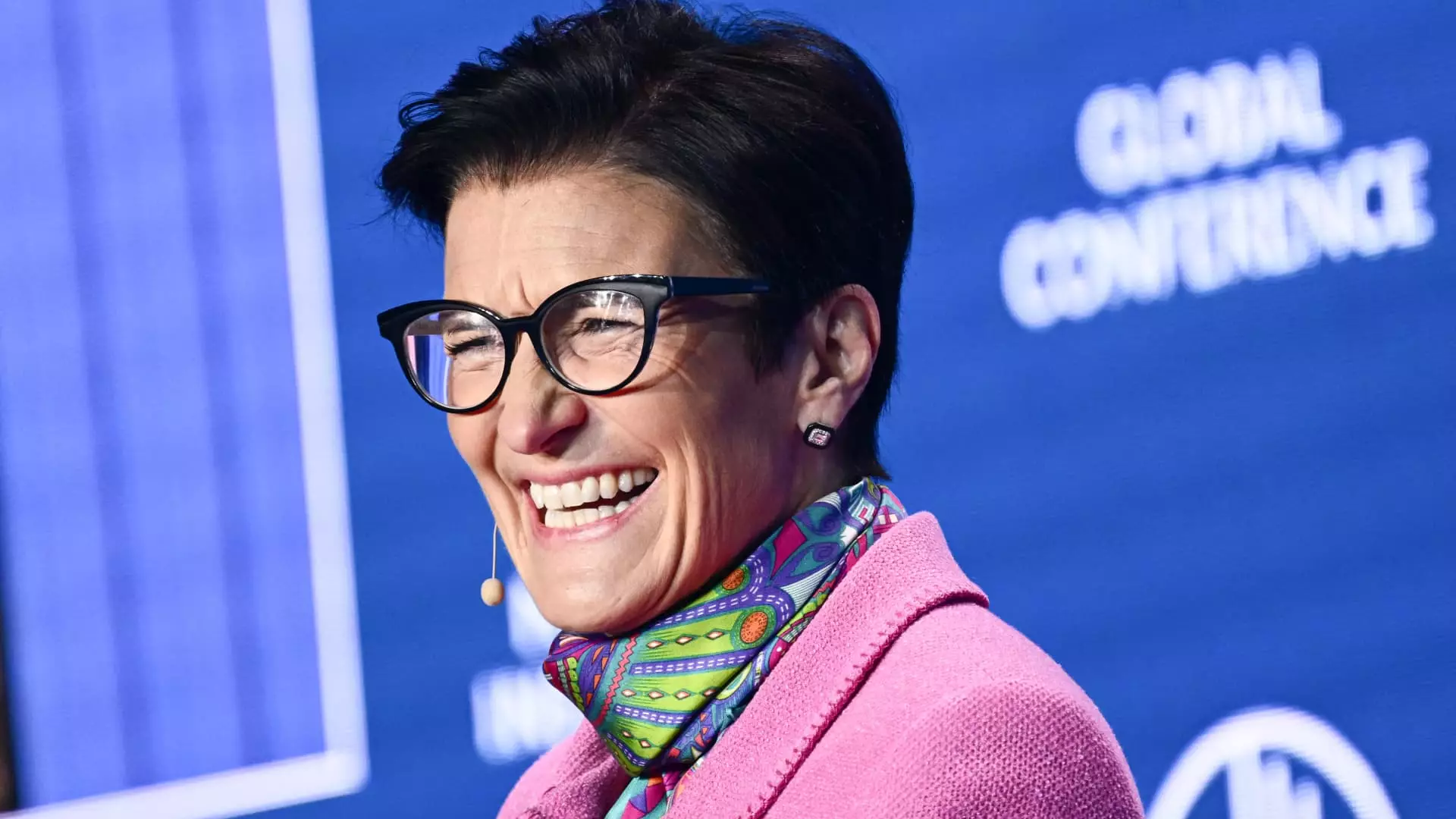The financial sector experienced a notable boost on Thursday as bank shares surged following the Federal Reserve’s announcement regarding the 2025 stress test parameters. This latest assessment is viewed as a more lenient version compared to its predecessors, indicating a significant shift in the regulatory landscape for U.S. banks. According to Jason Goldberg from Barclays, the Fed’s assessment, while still depicting a hypothetical jump in unemployment to 10% and a staggering 33% drop in home values, presents smaller shocks than past tests. This nuance suggests regulators are adopting a more accommodating stance, potentially easing the burdens faced by larger financial institutions.
In response to these developments, major banking stocks exhibited a robust performance. Citigroup’s shares soared by 2.9% during midday trading, while other industry giants such as Goldman Sachs, Morgan Stanley, and Bank of America saw their shares rise by over 1.5%. The KBW Bank Index’s rise of 1.2% signifies that larger banks are responding favorably to the new regulatory approach, with their gains surpassing those of smaller lenders as reflected in the modest 0.9% increase in the S&P Regional Banking ETF. Investors seem to interpret the Fed’s modified stress test criteria as a signal of enhanced stability and predictability within the banking sector.
Historically, the Federal Reserve’s annual stress tests were established as a resilience measure for banks in the wake of the 2008 financial crisis. These tests are intended to assess the banks’ capabilities to sustain operations, continue lending, and absorb losses in the event of a severe economic downturn. However, the process has faced criticism from key players within the banking industry, who have voiced concerns over its perceived opacity and regulatory fairness. The ongoing complaints culminated in a lawsuit against the Fed by several industry trade groups in December, advocating for a more transparent assessment framework.
The Fed’s recent adjustments to the stress test parameters may lead to significant changes in how banks manage their capital reserves. Analysts, including Bank of America’s Ebrahim Poonawala, expressed optimism that the less stringent conditions of the 2025 stress test could allow banks to maintain lower capital cushions. The overall reduction in stress test challenges enhances the argument that banks will benefit from a more predictable regulatory regime, particularly under the current administration. Investors and bank executives alike are likely to welcome an environment that fosters both economic growth and responsible lending practices.
As the banking sector adjusts to these evolving regulatory measures, the focus will turn to how these changes affect long-term strategies within larger institutions and their smaller counterparts. The 2025 stress test parameters not only reshape investor confidence but also represent a significant evolution in the relationship between the Federal Reserve and the banking sector. With principles of transparency and predictability now in the spotlight, stakeholders can be hopeful about a more stable financial future, where banks can effectively navigate economic challenges while maintaining the capacity to lend.

